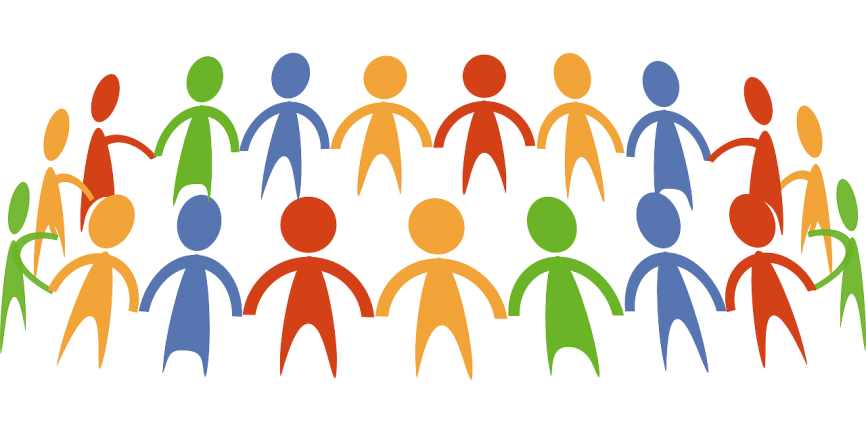
How does social media engage in advocacy communications?
From the Arab Spring, Kony 2012, and the Black Lives Matter (BLM) movement, we have seen the remarkable ways that social media can connect and unite activists fighting for a common goal. Social media’s greatest advantage for advocacy communications is creating more awareness and recognition to social justice issues. For instance, Instagram stories can be used to post information in the form of eye-catching infographics about social causes, which we saw frequently during the peak of the 2020 BLM resurgence. We also see hashtags on Twitter being used to call attention to issues, such as #MeToo in regards to sexualized violence, and #OscarsSoWhite in regards to the lack of diversity in Oscar nominations/awards. In their interview, Simpson echoes this point by discussing how he increased his social media following, with retweeting of his work allowing for greater attention to BC Community Alliance. This point is supported by the reading by Clark and Aufderheide, as they recognize how social media/PLNs work to move someone to the front of media attention (2013).
How does social media use in public discourse potentially challenge advocacy communications?
Social media allows anyone to become an online activist, which is both a positive and negative phenomenon. Since it is so easy to post things and retweet points online, users may end up accidentally sharing false information, causing more harm than good. For instance, Kony 2012 turned out be a much more complicated situation than the documentary presented. Another example is the case of #BlackoutTuesday, in which Instagram users posted a black square in support of BLM. Many criticized the phenomenon as lazy activism, as there were more black squares on Instagram than signatures on petitions for victims of police brutality such as George Floyd. There was also the issue of important protest information and resources being drowned out by the black squares. Overall, I think users need to be careful about what they are sharing and think critically of what they see online. Clark and Aufderheide highlight the important of having policies in place to stop these kinds of issues occurring, noting that while public discourse in public media is possible, we do not have the correct policies in place to make them most successful (2013). While some platforms have been working to dispel the rise of fake news online, the issue is still relevant.
Works Cited
Clark, J., & Aufderheide, P. (2013). A New Vision for Public Media – Open, Dynamic, and Participatory. In J. Pooley, L. Taub-Pervizpour, & S. C. Jansen (Authors), Media and social justice (pp. 55-67). New York: Palgrave.
Simpson, Markiel. “EDCI 338 – 2021 – 02 – 22 MARKIEL SIMPSON.” 21 Feb. 2021. doi: https://youtu.be/yCSpm1Lx8-A
Leave a Reply